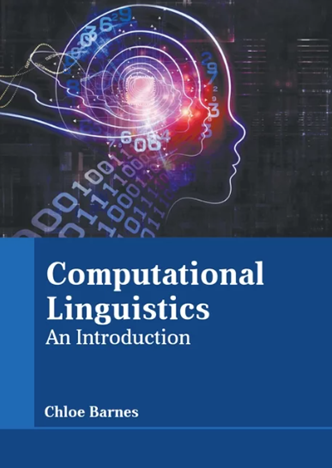Can language models handle recursively nested grammatical structures? A case study on comparing models and humans
IF 5.3
2区 计算机科学
引用次数: 0
Abstract
How should we compare the capabilities of language models (LMs) and humans? In this paper, I draw inspiration from comparative psychology to highlight challenges in these comparisons. I focus on a case study: processing of recursively nested grammatical structures. Prior work suggests that LMs cannot process these structures as reliably as humans can. However, the humans were provided with instructions and substantial training, while the LMs were evaluated zero-shot. I therefore match the evaluation more closely. Providing large LMs with a simple prompt—with substantially less content than the human training—allows the LMs to consistently outperform the human results, even in more deeply nested conditions than were tested with humans. Furthermore, the effects of prompting are robust to the particular structures and vocabulary used in the prompt. Finally, reanalyzing the existing human data suggests that the humans may not perform above chance at the difficult structures initially. Thus, large LMs may indeed process recursively nested grammatical structures as reliably as humans, when evaluated comparably. This case study highlights how discrepancies in the evaluation methods can confound comparisons of language models and humans. I conclude by reflecting on the broader challenge of comparing human and model capabilities, and highlight an important difference between evaluating cognitive models and foundation models.语言模型能否处理递归嵌套语法结构?比较模型和人类的案例研究
我们应该如何比较语言模型(LM)和人类的能力?在本文中,我将从比较心理学中汲取灵感,强调这些比较中存在的挑战。我将重点放在一个案例研究上:递归嵌套语法结构的处理。先前的研究表明,低能儿不能像人类一样可靠地处理这些结构。然而,人类得到的是指导和大量的训练,而 LM 则是零距离评估。因此,我对评估进行了更密切的匹配。为大型 LM 提供一个简单的提示--其内容远远少于人类训练的内容--使得 LM 的结果始终优于人类的结果,即使在比人类测试的嵌套更深的条件下也是如此。此外,提示的效果对提示中使用的特定结构和词汇具有稳健性。最后,对现有人类数据的重新分析表明,人类在最初处理困难结构时的表现可能并不出乎意料。因此,在进行比较评估时,大型 LM 确实可以像人类一样可靠地处理递归嵌套语法结构。本案例研究强调了评估方法的差异会如何混淆语言模型与人类的比较。最后,我对比较人类和模型能力这一更广泛的挑战进行了反思,并强调了评估认知模型和基础模型之间的重要区别。
本文章由计算机程序翻译,如有差异,请以英文原文为准。
求助全文
约1分钟内获得全文
求助全文
来源期刊

Computational Linguistics
Computer Science-Artificial Intelligence
自引率
0.00%
发文量
45
期刊介绍:
Computational Linguistics is the longest-running publication devoted exclusively to the computational and mathematical properties of language and the design and analysis of natural language processing systems. This highly regarded quarterly offers university and industry linguists, computational linguists, artificial intelligence and machine learning investigators, cognitive scientists, speech specialists, and philosophers the latest information about the computational aspects of all the facets of research on language.
 求助内容:
求助内容: 应助结果提醒方式:
应助结果提醒方式:


